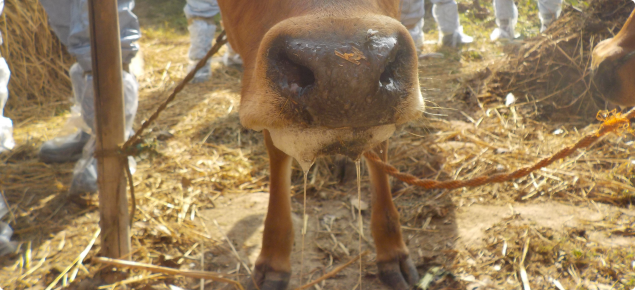116.WHAT IS HOOF-AND-MOUTH DISEASE?
If you live on a farm or have anything to do with cattle, then you’ve probably heard people talk about this disease, also called foot-and mouth disease. It is a highly contagious disease that affects practically all cloven-footed animals.
When an animal gets this disease, it develops blisters on the tongue and lips and around the mouth, on parts of the body where the skin is thin, and between the claws of the feet.
115.WHAT IS A REPTILE?
When the average person thinks of a reptile, he thinks of a snake. But actually, this class of animals includes many other creeping and crawling creatures.
In the animal kingdom, reptiles rank between the amphibians and the birds. Amphibians are animals that can live both on land and in the water. As a matter of fact, scientists believe that birds developed from the reptiles several million years ago. At that time, the reptiles were the the ruling class among animals, and they were often of giant size. But these giant reptiles died out, and the reptiles that are living today are comparatively small. The largest of these are crocodiles and the python snakes.
114.WHAT IS A LEMUR?
The lemurs are the most primitive members of the order Primates, which includes the monkeys. Today, lemurs are found in Madagascar, Africa, and parts of Asia. At one time they also lived in America and Europe where their fossil remains have been found.
Lemurs differ from other Primates in having a long fox-like face, and a long claw instead of a nail on the second toe. All the lemurs are arboreal(live in trees). You don’t very often see a lemur in a zoo, because apparently they don’t survive too well in captivity.




